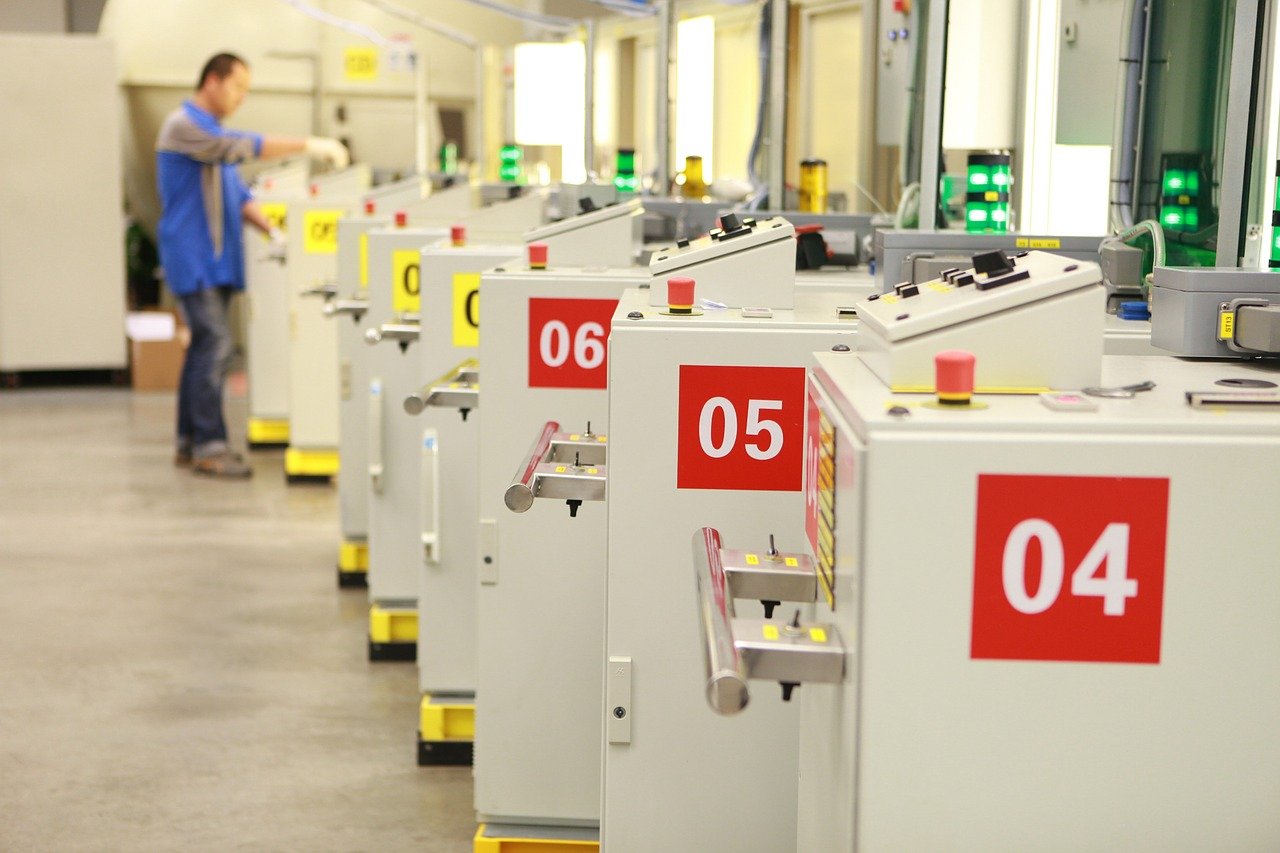NASA built a pair of underground towers at the Lewis Research Center in the 1960s to study how combustion and fluid physics are affected by microgravity. The center, in Cleveland, Ohio, has been one of ten major NASA field centers devoted to aeronautics and space technology; it was recently renamed the John H Glenn Research Center. (JGRC).
One of JGRC’s main roles is helping the Microgravity Flight Services Program positively impact NASA’s increasing partnerships with the commercial space industry. According to NASA, JGRC’s Zero Gravity (Zero-G) facility is NASA’s premier facility for ground-based microgravity research as well at the largest facility of its kind in the world. The facility allows researchers to do research in a nearly weightless environment for a duration of 5.18 seconds. NASA describes the facility as follows:
“The 142 meter (467 foot) long steel vacuum chamber extends 155 meters (510 feet) below ground level, with a 132 meter (432 foot) free-fall distance. The 6.1 meter (20 foot) diameter tube is embedded within an 8.7 meter (28.5 foot) concrete-lined shaft. Objects are caught by a 3.3 meter (11 foot) diameter, 6.1 meter (20 foot) deep decelerator cart filled with 3 millimeter (1/8 inch) diameter polystyrene beads. The cart can dissipate the kinetic energy of a 1,134 kilogram (2,500 pounds) experimental vehicle traveling at 50.5 meters per second (113 miles per hour).”
Diagram of the facility
Following is a video of the Zero Gravity Facility:
NASA lists the capabilities and specs of the facility, including:
Operational Parameters
- Microgravity Duration: 5.18 seconds
- Free Fall Distance: 432 feet (132 m)
- Mean Deceleration: 35 g
- Peak Deceleration: 65 g
- Vacuum Level: 0.05 torr
Experimental Drop Vehicle
- Diameter: 42 in. (1 m)
- Total height: 13 ft. (4.0 m)
- Gross vehicle weight: 2500 lbs. (1130 kg)
- Payload diameter: up to 38 in. (.97 m)
- Payload height: up to 66 in. (1.6 m)
- Payload weight: up to 1000 lbs (455 kg)
- 7 available drop vehicles
Instrumentation/Data Acquisition
- Video Cameras, analog and digital recording capabilities
- Analog-Digital Data Acquisition, 32 channels
- 24 VDC Battery Power
- Programmable Logic Controller
- Pressure Transducers
- Flow Meters
- Thermocouples
- Radiometers
- Lasers
Mode of Operation
- Provides microgravity test environment for a fraction of the cost of conducting an experiment in space
- Can accommodate NASA, government, and private industry research programs
- Two drops per day
- Engineering staff to perform or consult on payload design
- Technical staff to perform electrical and mechanical integration of payloads and drop preparations
- Third-party safety review of experiments is required







